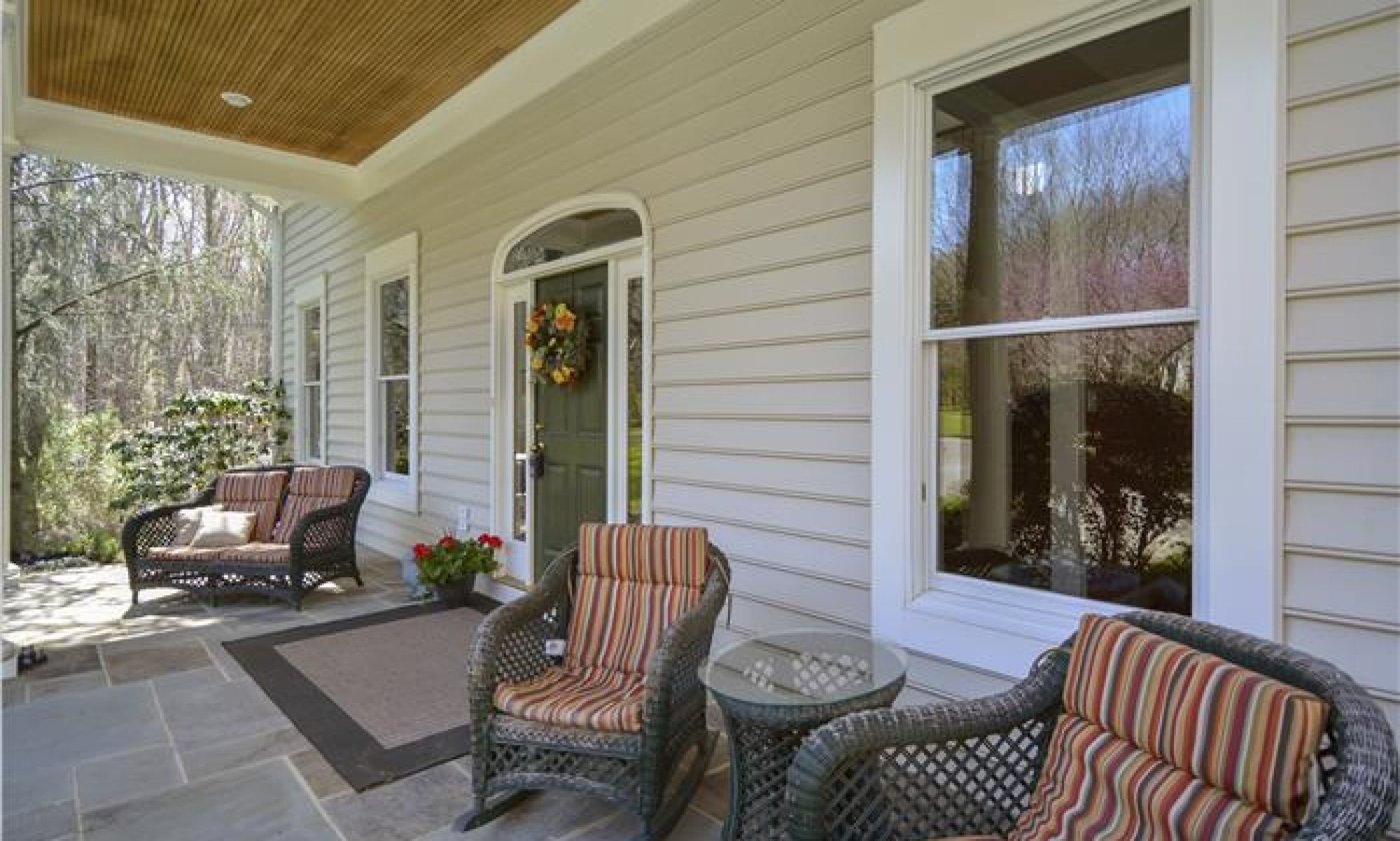There is an idiom that says that the “Map is not the territory.” One interpretation is that you shouldn’t confuse theory with reality. And in real estate, that means you shouldn’t confuse the strategy with the market cycle. And as this seller market cycle continue, some home sellers are confusing it as the implementation of a brilliant home selling strategy.
Low home sale inventory seems to be the new normal since the Great Recession. Home owners are staying in their homes longer, and first-time home buyers are putting off buying a home to save money. And the current market cycle highlights how pent-up home buyer demand can drive home prices. In this market, appropriately priced homes sell fast, usually within a week. Many times, homes will get multiple offers and sell over list price. The truth is that current conditions are a manifestation of the market. However, home sellers come to expect homes to sell in a week for over list price, even when the market changes. The answer to a successful sale in any market is to create a home selling strategy.
Regardless of the housing market conditions, you need a home selling strategy (also known as a marketing strategy) to sell your home. The marketing strategy will determine the best way to position your home to get your home sold in an expedient way at the best price. It’s a map that you create to get you to a successful closing.
Your home selling strategy research should be focused on your neighborhood, as well as competing neighborhoods. Many begin with a comparative market analysis (or CMA). A CMA is a process of determining a potential home sale price by evaluating neighborhood sales of similar homes in style, size, and age. In a buyer’s market, when homes are taking longer to sell, you should get a 30-60-90 day analysis to determine the trend of sale price and days on market. In a seller’s market, the trend is usually where homes sell relatively quickly. However, the CMA can assist in understanding pricing trends.
One of the interesting aspects of a detailed CMA is the comparisons of characteristics and features between your home and other homes that recently sold. From the analysis you can begin to see what makes your home stand out from the others. You may discover your home has more or less amenities than other neighborhood homes, which should be considered in your pricing strategy.
List price is everything. Your home sale strategy hinges on pricing your home correctly. Regardless of market conditions, if the house is prices too high it will likely take longer to sell (relative to the average time on market). Homes that are prices correctly tend to sell faster than over priced homes. Many home sellers trying to reap “top dollar” have made the mistake of setting the list price too high expecting a home buyer to make an offer. The truth is that buyers are savvy and will likely skip the over priced homes. Your strategy, no matter how clever, can’t overcome overpricing.
Preparing your home should also be part of your strategy. Decluttering and deep cleaning is a must for all home sales. Whether or not you live in the home, you should consider staging. “Home staging” is a term that is used to describe the process of making your home as appealing as possible to potential home buyers to sell the house quickly. This may include rearranging and/or removing furniture. Some home sellers rent trendy furniture to replace their own items.
By Dan Krell
Copyright © 2021
If you like this post, do not copy; instead please:
link to this article,
like it on facebook
or re-tweet.

Disclaimer. This article is not intended to provide nor should it be relied upon for legal and financial advice. Readers should not rely solely on the information contained herein, as it does not purport to be comprehensive or render specific advice. Readers should consult with an attorney regarding local real estate laws and customs as they vary by state and jurisdiction. Using this article without permission is a violation of copyright laws.





